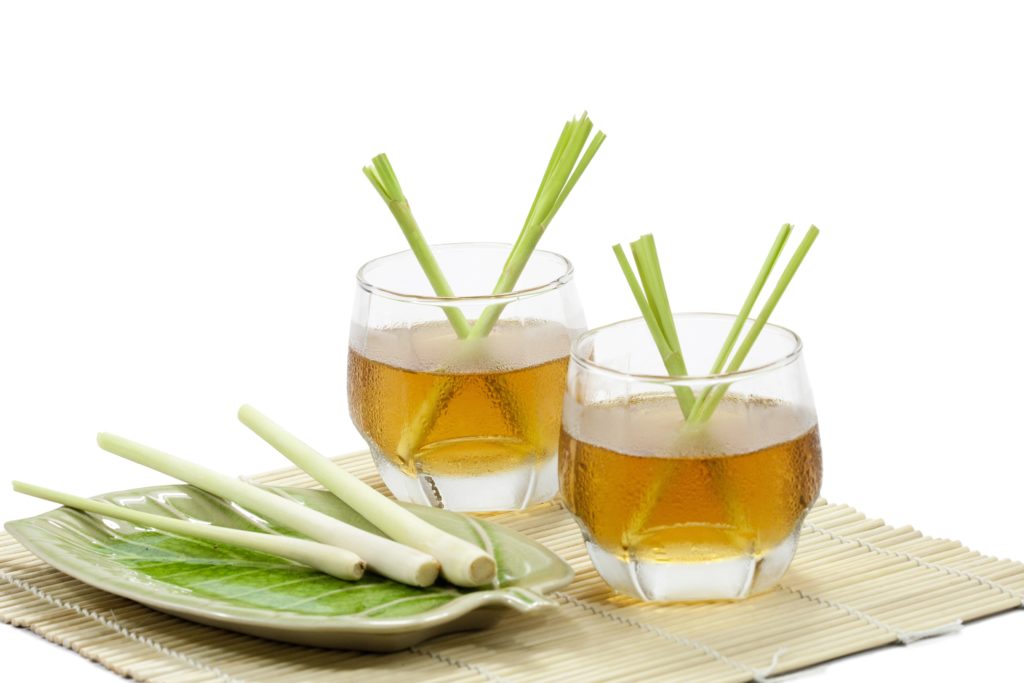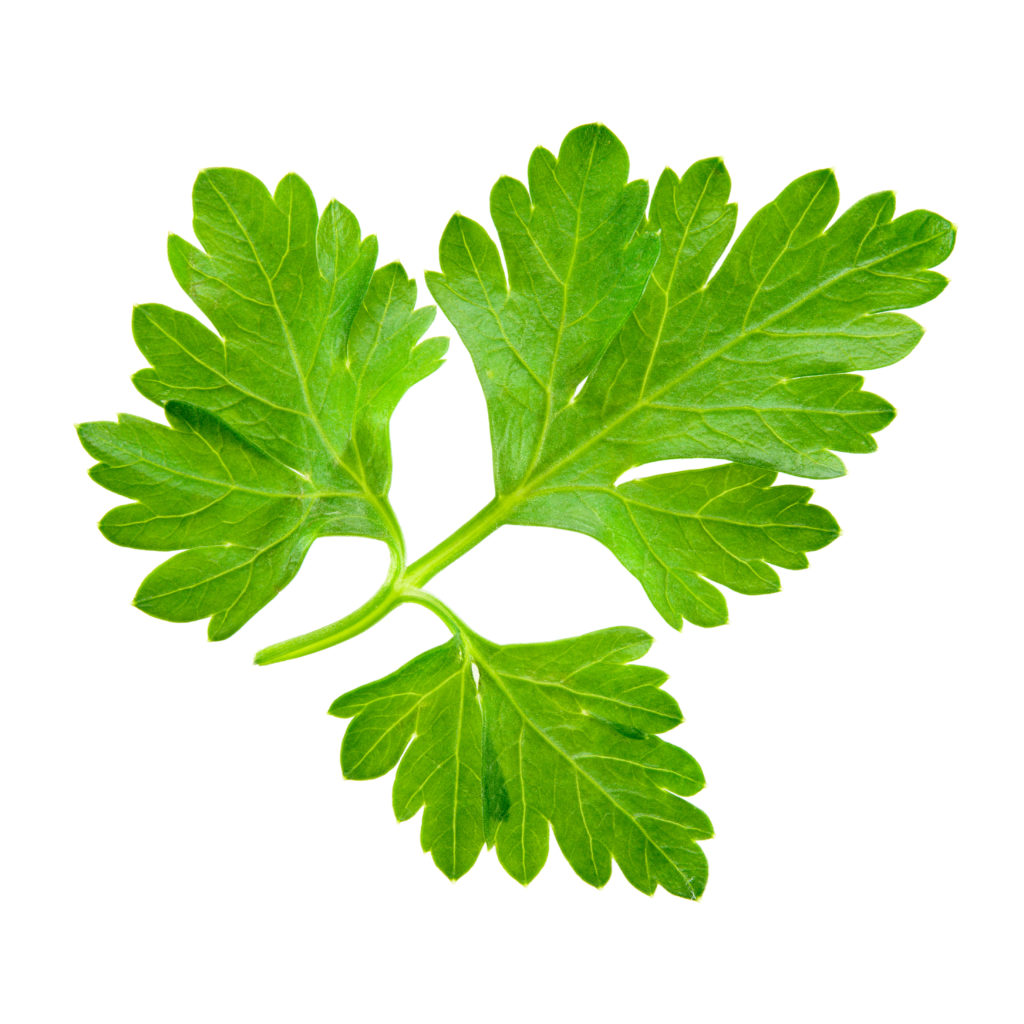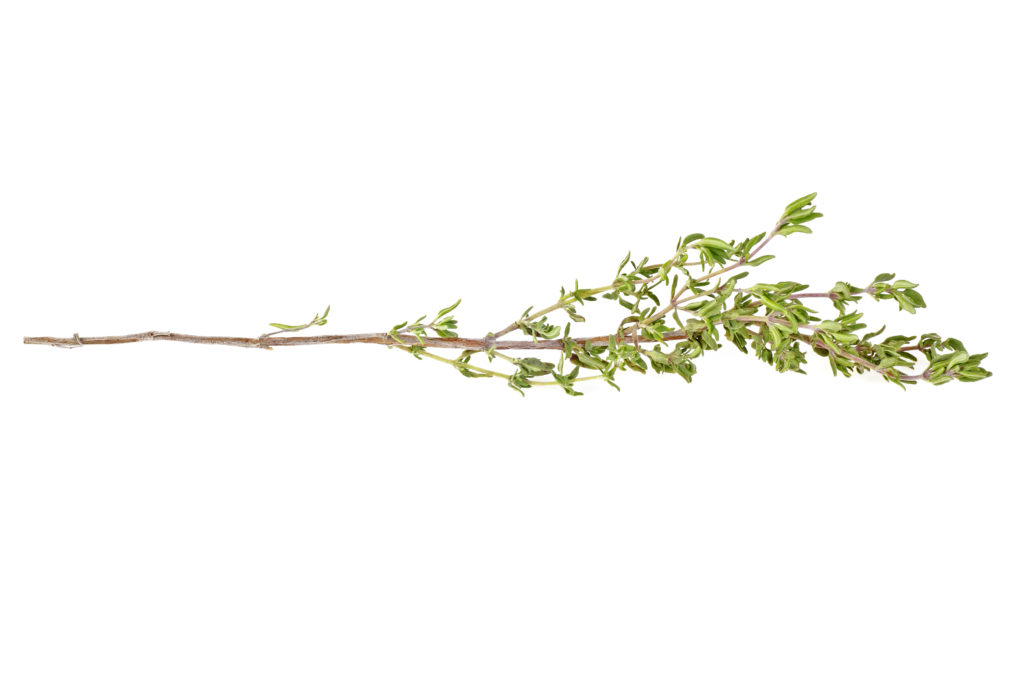Herbs are more than mere additions to spice up and enliven dishes: They spice up your health too!
LEMONGRASS

Fresh lemongrass has a delicate, floral rose-like fragrance mixed with a fresh and grassy aroma. The stalk of the plant is finely chopped or crushed for culinary use and is essential in many Asian cuisines, especially Thai dishes. For stronger flavours, add minced lemongrass at the start of cooking and brown them together with the other ingredients. want to stay away from mosquitoes? Plant some lemongrass along the corridors as they contain citronella, a strong citrus odour that mosquitoes dislike.
PARSLEY

The 2 common types are the flat leaf and the curly leaf parsley. The flat leaf variety is more flavourful and robust than the other and helps to brighten flavours. Parsleys are rich in flavonoids and vitamin A and a good source of vitamin C. Add parsley to savoury dishes for balanced taste and use the stalks for stocks.
THYME
 Thyme imparts a floral and peppery flavour, (resembling that of pine’s) with light notes of citrus and mint. The herb is at home in Mediterranean dishes and complements well with fish, tomatoes and used in meat marinates. Out of the kitchen, thyme can also be used as a natural disinfectant and a mild insect repellent. Add fresh thyme to boiling water and mix with some light, vegetable based soap for a natural, non-toxic cleaner.
Thyme imparts a floral and peppery flavour, (resembling that of pine’s) with light notes of citrus and mint. The herb is at home in Mediterranean dishes and complements well with fish, tomatoes and used in meat marinates. Out of the kitchen, thyme can also be used as a natural disinfectant and a mild insect repellent. Add fresh thyme to boiling water and mix with some light, vegetable based soap for a natural, non-toxic cleaner.DILL
 Widely used in Scandinavian cooking, the fernlike plant has green wispy leaves and is unique: both its leaves and seeds can be used as seasonings. The seeds feature a sweet and citrus-like aroma with a slightly bitter taste while the leaves have a mild, delicate flavour. Dill makes a tangy addition to creamy dishes and gives a savour warmth to mashed potatoes. Despite its small size, dill packs a punch of calcium: one tablespoon of dill seeds contains more calcium than one-third cup of milk.
Widely used in Scandinavian cooking, the fernlike plant has green wispy leaves and is unique: both its leaves and seeds can be used as seasonings. The seeds feature a sweet and citrus-like aroma with a slightly bitter taste while the leaves have a mild, delicate flavour. Dill makes a tangy addition to creamy dishes and gives a savour warmth to mashed potatoes. Despite its small size, dill packs a punch of calcium: one tablespoon of dill seeds contains more calcium than one-third cup of milk.









